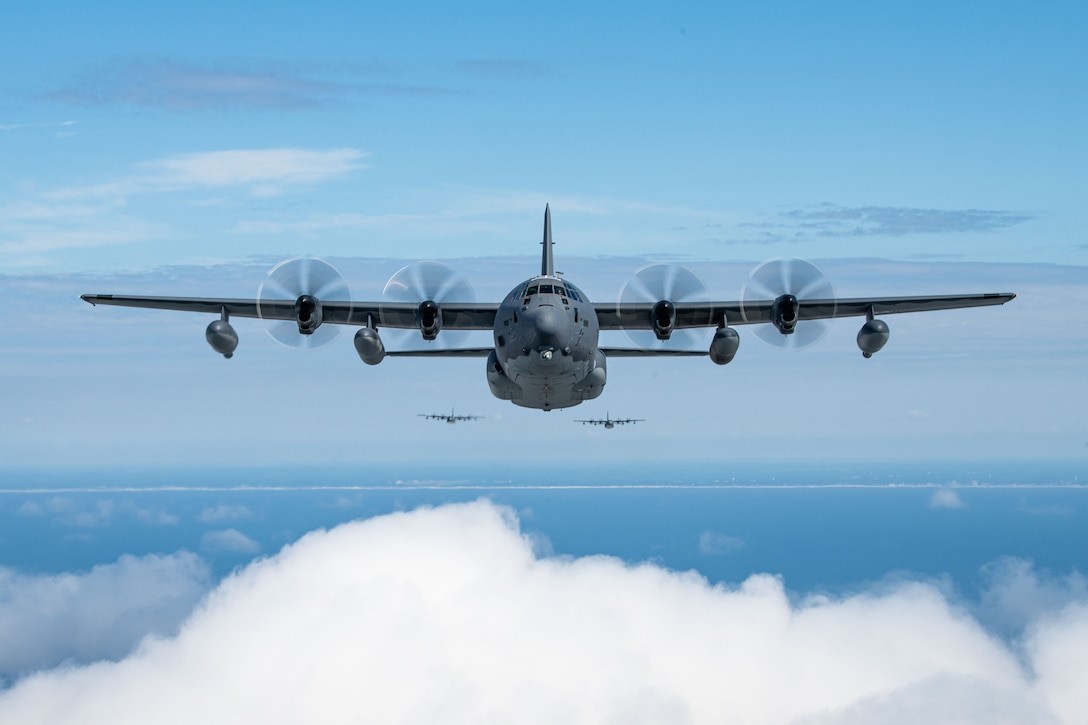Coverage of the recent and ongoing squabble over the federal budget omits mention of several key facts. Among them are the realities that despite being over $33 trillion in debt and vast additional spending each year, unprecedented income from taxation, and the existence of well-staffed and frequently overbearing federal agencies, the most basic crises facing Americans are not being adequately addressed. Funds supposedly committed to infrastructure are siphoned off for so-called “green” projects that do little other than paying back politician’s contributors. Issues such as the vulnerability of the electrical grid are ignored. Dollars meant to improve education wind up supporting bizarre and controversial projects that push woke agendas and ignore proficiency in learning. The list goes on and on.
One of the areas that is the prime responsibility of the federal government is defense. Despite the lare sums spent, America’s defense is inadequate. Russia has a more powerful nuclear arsenal. China has a large navy. Our troops often live in housing that resembles slums. Our atomic weaponry is becoming increasingly obsolete. Some of our pilots fly in the exact same aircraft that their grandfathers flew. The withdrawal from Afghanistan was an embarrassing debacle. Our armed forces are failing to meet recruitment quotas. America’s presence in certain strategic locations, such as the Arctic, is so inadequate that it represents a virtual surrender. Our defense industrial base is bad shape, and getting worse.
Russia’s invasion of Ukraine, China’s preparations to take over Taiwan, North Korea’s nuclear arsenal, and Iran’s looming entry into the nuclear weapons club are major threats that are not being responded to.
There is an illusion that defense spending is excessive. In truth, it is far from adequate. It represents a lesser share of the federal budget and GDP than it has in the past.
Numerically, the Army should have 50 brigade combat teams. It has only 31. The Navy should have 400 ships. It has about 290. The Air Force should have 1,200 fighter and ground attack aircraft. It has only 1,174. The Marine Corps should have 30 battalions. It has 27.
In its annual Index of U.S. Military Strength, the Heritage Foundation (you can, and should, read the entire report at https://www.heritage.org/military-strength/executive-summary) illustrates the challenges facing the Pentagon. Barack Obama’s decision to end the capacity of the U.S. military to fight on two fronts simultaneously. He backed that poor decision up with limiting the funds the Defense Department actually needs.
The report notes that “As reported in all previous editions of the Index, the common theme across the services and the U.S. nuclear enterprise is one of force degradation caused by many years of underinvestment, poor execution of modernization programs, and the negative effects of budget sequestration (cuts in funding) on readiness and capacity in spite of repeated efforts by Congress to provide relief from low budget ceilings imposed by the Budget Control Act of 2011.”
The analysis concludes with these assessments:
Army is “Marginal.” The Army’s score remains “marginal” in the 2023 Index, and significant challenges that have arisen during the year call into question whether it will improve its status in the year ahead. …the Army is aging faster than it is modernizing. It remains “weak” in capacity with only 62 percent of the force it should have.
Navy is“Weak.” This worrisome score, a drop from “marginal” assessed in the 2022 Index, is driven by problems in capacity (“very weak”) and readiness (“weak”). This Index assesses that the Navy needs a battle force of 400 manned ships to do what is expected of it today. The Navy’s current battle force fleet of 298 ships and intensified operational tempo combine to reveal a service that is much too small relative to its tasks… If its current trajectory is maintained, the Navy will shrink further to 280 ships by 2037. Current and forecasted levels of funding will prevent the Navy from altering its decline unless Congress undertakes extraordinary efforts to increase assured funding for several years.
Air Force as “Very Weak.” The Air Force has been downgraded once again, the second, time in the past two years. The Air Force was assessed as “marginal” in the 2021 Index but, with public reporting of the mission readiness and physical location of combat aircraft implying that it would have a difficult time responding rapidly to a crisis, fell to a score of “weak” in the 2022 Index. During FY 2022, the year assessed for this Index, problems with pilot production and retention, an extraordinarily small amount of time in the cockpit for pilots, and a fleet of aircraft that continues to age compounded challenges even more, leading to the current score of “very weak.”
Photo: A formation of Air Force MC-130J Commando II aircraft fly near Hurlburt Field, Fla., Sept. 21, 2023. (Department of Defense )
